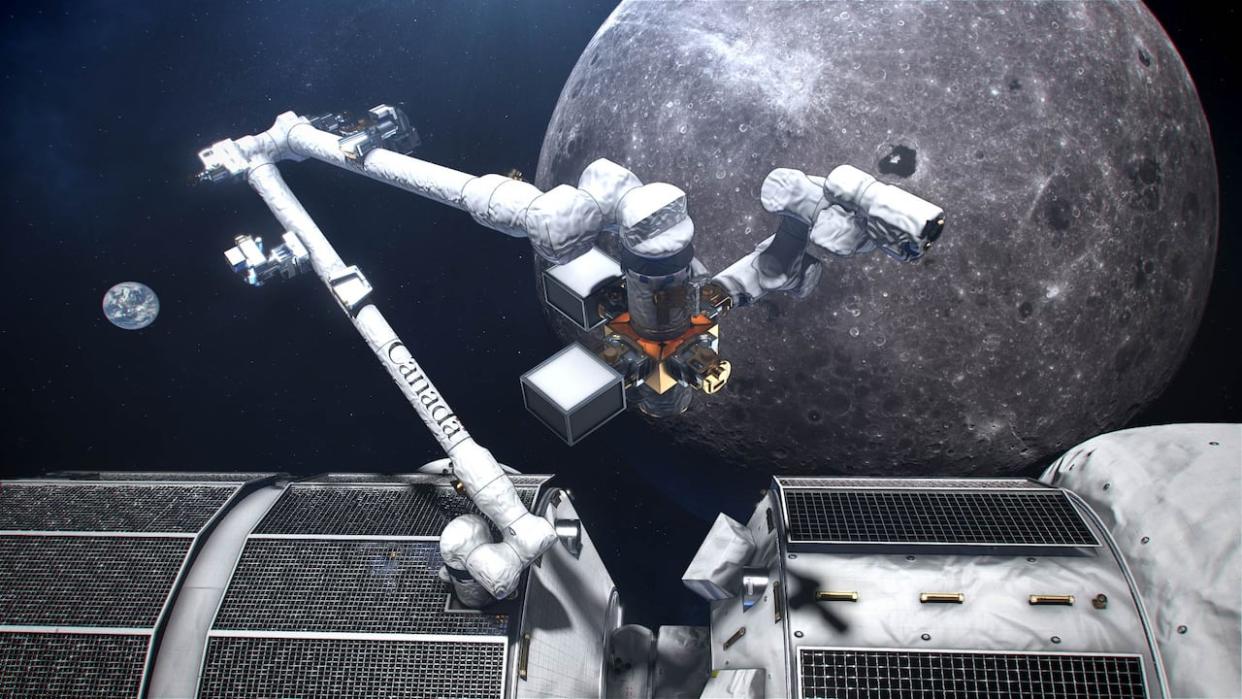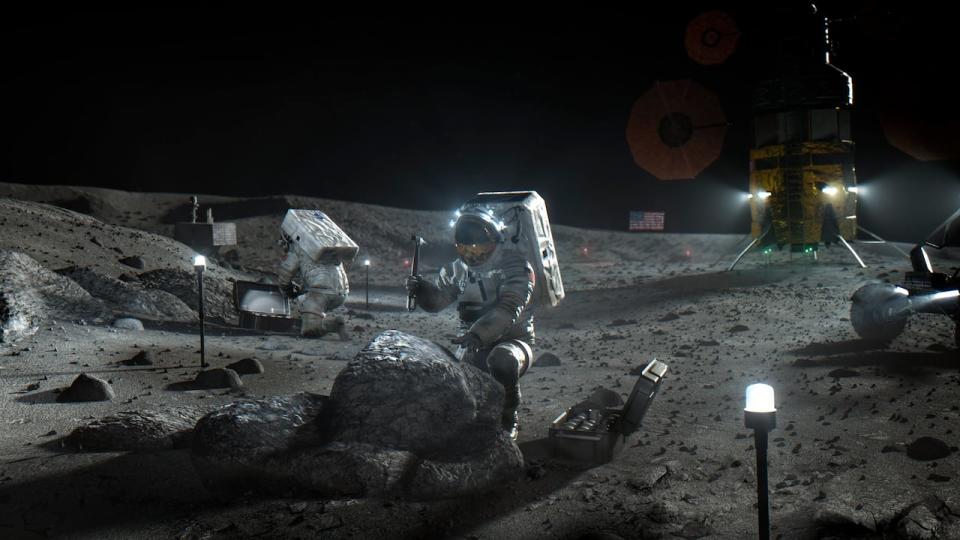Federal government announces creation of National Space Council

Canada's space sector received a boost from the federal government in its budget, both in terms of money and vision.
The 2024 budget included a proposal for $8.6 million in 2024-25 to the Canadian Space Agency (CSA) for the Lunar Exploration Accelerator Program (LEAP), which invests in technologies for humanity's return to the moon and beyond.
In addition to the funding, the federal government also announced the creation of a National Space Council, which will be "a new whole-of-government approach to space exploration, technology development, and research."
For Space Canada, an organization comprised of roughly 80 space sector companies including some of Canada's largest, such as Magellan Aerospace and MDA Space, it was a welcome announcement.
"We've been advocating for it since the inception of our organization, and we were really very happy, and we applaud the federal government's commitment announced in the budget," said Brian Gallant, CEO of Space Canada.
Gallant said that investment in space is an investment in Canada.
"Two-thirds of space sector jobs are STEM jobs. These are good paying solid jobs for Canadians. And on top of that, we have approximately $2.8 billion that is injected into the Canadian economy because of the space sector," he said.

This illustration shows future astronauts exploring the moon. With the Artemis missions that will return humans to the surface of the moon within the next two years, more investment is being announced. (NASA/The Associated Press)
The U.S. formed its National Space Council in 1989, but it was disbanded in 1992 and reestablished in 2017.
In the 2023 budget, the government announced proposed spending of $1.2 billion over 13 years, that was to begin in 2024-25, to the CSA's contribution of a lunar utility vehicle that would assist astronauts on the moon. The as–yet–developed vehicle could help astronauts move cargo from landing sites to habitats, perform science investigations or support them during spacewalks on the surface of the moon.
It also proposed to invest $150 million over five years for the LEAP program.
MDA Space, the company behind Canadarm, was also pleased with the announcement.
"Canada has an enviable global competitive advantage in space and the creation of a National Space Council is critical to Canada maintaining that leadership position," CEO Mike Greenley said in an email to CBC News.
"Space is now a rapidly growing, highly strategic and competitive domain, and there is a real and urgent need to recognize its importance to the lives of Canadians and to our economy and national security."
The next project for MDA is Canadarm3, which will be part of Lunar Gateway, a international space station that will orbit the moon. It will serve as a sort of jumping-off point for astronauts heading to the moon and eventually beyond.
"The Lunar Gateway is a great opportunity for Canada and for MDA Space to not only provide the next generation of Canadarm robotics but to clearly plant our flag as a core national and industry participant in the Artemis era," Greenley said.
Lunar Gateway is set to begin construction no earlier than 2025, according to NASA.


